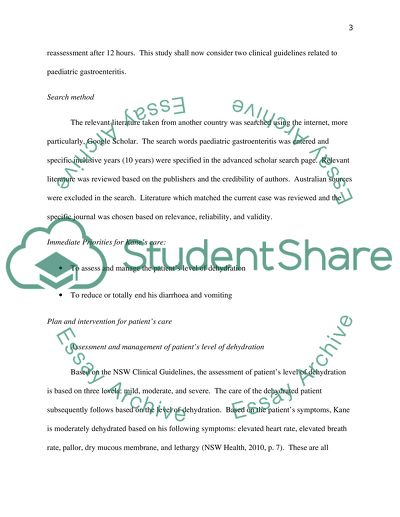Cite this document
(“Analysis of Paediatric Gastroenteritis Case Study”, n.d.)
Retrieved from https://studentshare.org/nursing/1430657-paediatric-gastroenteritis
Retrieved from https://studentshare.org/nursing/1430657-paediatric-gastroenteritis
(Analysis of Paediatric Gastroenteritis Case Study)
https://studentshare.org/nursing/1430657-paediatric-gastroenteritis.
https://studentshare.org/nursing/1430657-paediatric-gastroenteritis.
“Analysis of Paediatric Gastroenteritis Case Study”, n.d. https://studentshare.org/nursing/1430657-paediatric-gastroenteritis.


